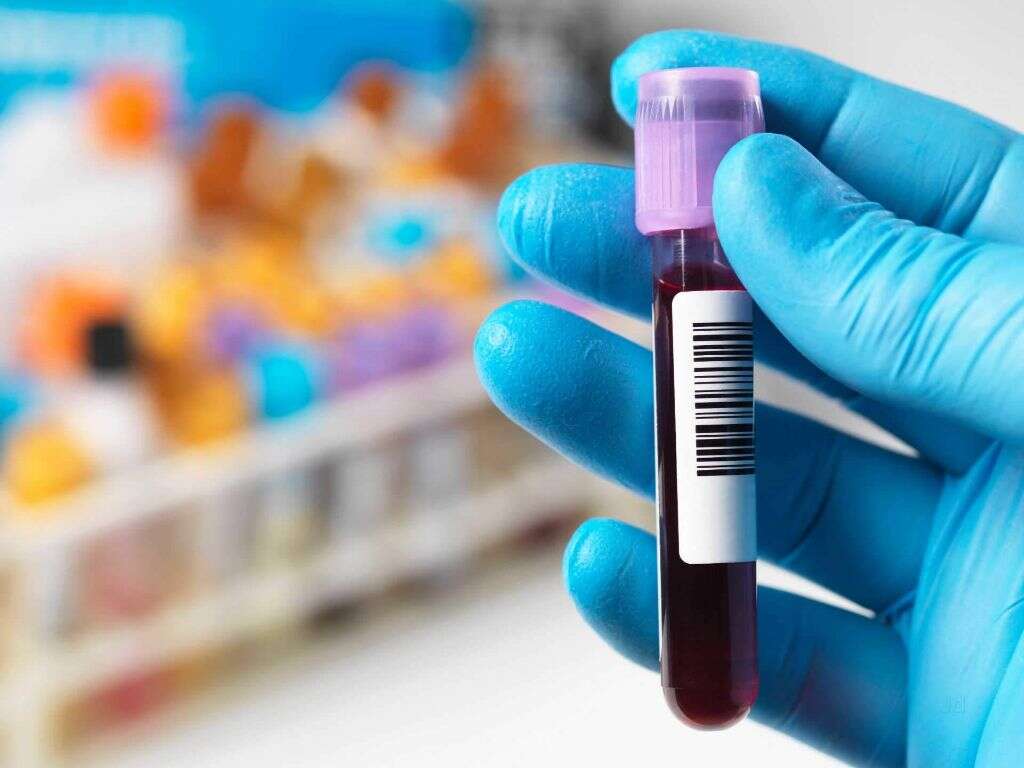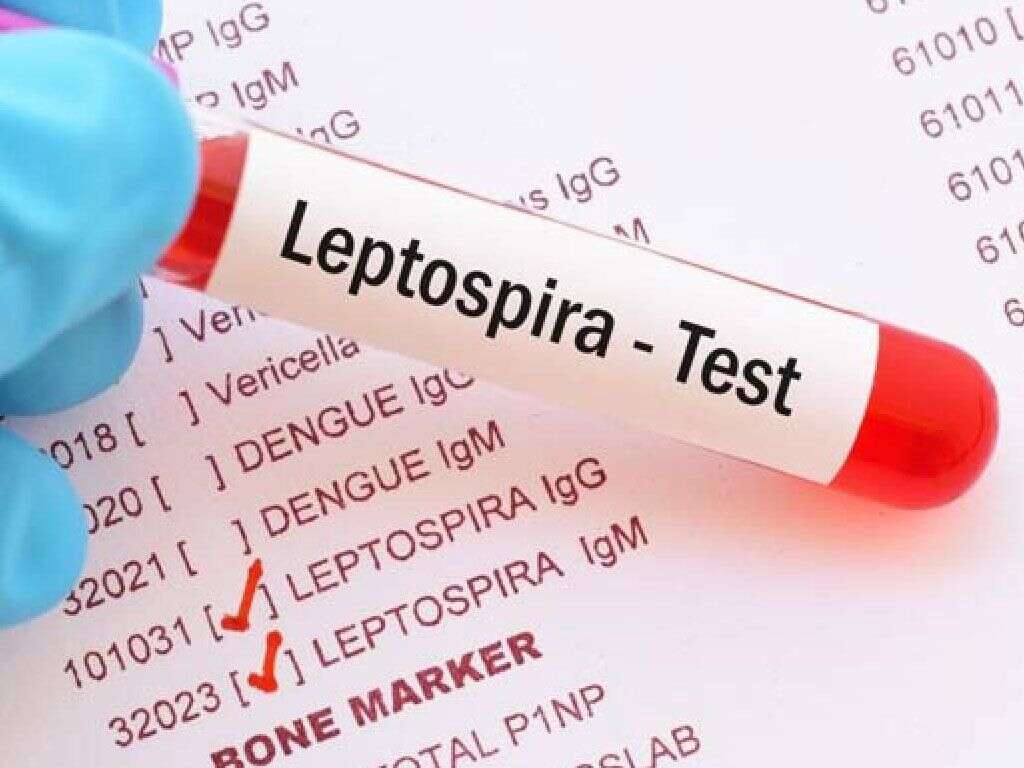What Is a Bacterial Infection?
7. Diagnosis
Because bacterial and viral infections can often present similar symptoms, it is vital to use whatever diagnostic tools are available to make the right identification. The doctor will first take into consideration the symptoms and location of the pain. Blood and urine tests are also often recommended to help identify the bacteria and severity of the infection. This can include tests such as blood cultures, gram stain, white blood cell count, and immunoglobulins.
Oral and sexually transmitted infections can also require swabs. Where there may be an abscess some imaging, such as an ultrasound, may be ordered. Once confirmation is made, antibiotics can then be prescribed. Though it may be painful, doctors do prefer waiting for test results before giving prescriptions because of the danger of antibiotic resistance.
Advertisement












